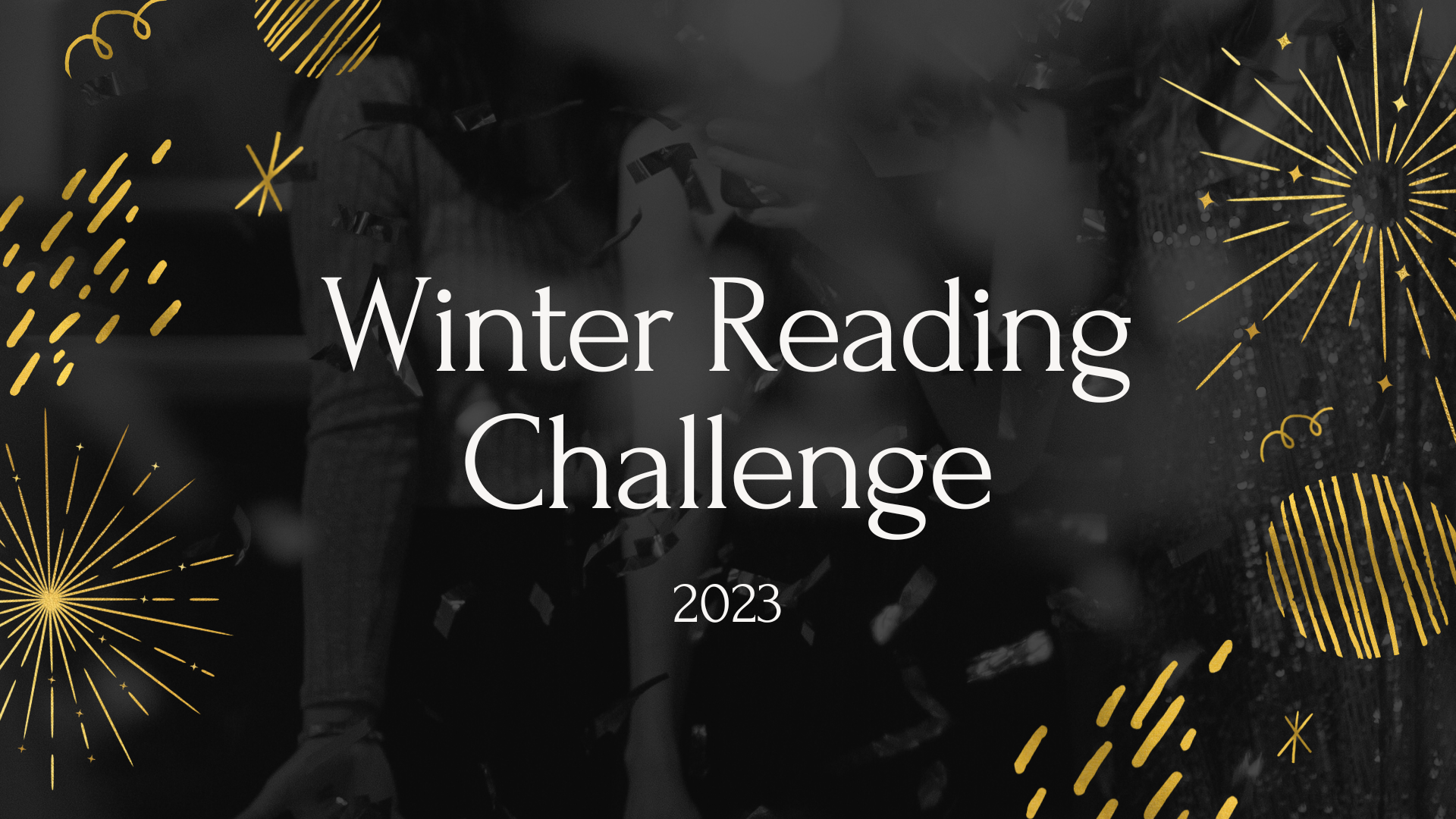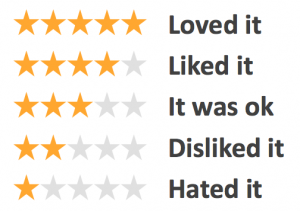Title: Paradise Falls: The True Story of an Environmental Catastrophe
Author: Keith O’Brien
Publisher: Pantheon Books 2022
Genre: Nonfiction - History, Science
Pages: 455
Rating: 4/5 stars
Reading Challenges: Winter TBR
Lois Gibbs, Luella Kenny, and other mothers loved their neighborhood on the east side of Niagara Falls. It had an elementary school, a playground, and rows of affordable homes. But in the spring of 1977, pungent odors began to seep into these little houses, and it didn’t take long for worried mothers to identify the curious scent. It was the sickly sweet smell of chemicals.
In this propulsive work of narrative storytelling, NYT journalist Keith O’Brien uncovers how Gibbs and Kenny exposed the poisonous secrets buried in their neighborhood. The school and playground had been built atop an old canal—Love Canal, it was called—that Hooker Chemical, the city’s largest employer, had quietly filled with twenty thousand tons of toxic waste in the 1940s and 1950s. This waste was now leaching to the surface, causing a public health crisis the likes of which America had never seen before and sparking new and specific fears. Luella Kenny believed the chemicals were making her son sick.
O’Brien braids together previously unknown stories of Hooker Chemical’s deeds; the local newspaperman, scientist, and congressional staffer who tried to help; the city and state officials who didn’t; and the heroic women who stood up to corporate and governmental indifference to save their families and their children. They would take their fight all the way to the top, winning support from the EPA, the White House, and even President Jimmy Carter. By the time it was over, they would capture America’s imagination.
Such a hard book to read, and yet I was very interested in it when the book published. One of my book clubs chose this to read and I dove in after the beginning of the year. I knew the basic information about the Love Canal incident. I remember seeing news reports (after the fact obviously) and I knew about the incident was the origin of the EPA’s Superfund program. This volume really goes into depth, detailing the events leading up to the inhabitants of the neighborhood realizing that there was something seriously wrong. We get to know all the major players including a few of the women who led the neighborhood response. I’ve heard the name Lois Gibbs before, but it was nice to understand exactly who she was and how she helped lead the efforts to clean up the area. Many of the sections were difficult to read. Reading about children getting sick and dying is never my idea of fun. And yet, this is such an important story to read. I’m sure that we will have a very interesting discussion next week.
Next up on the TBR pile:












